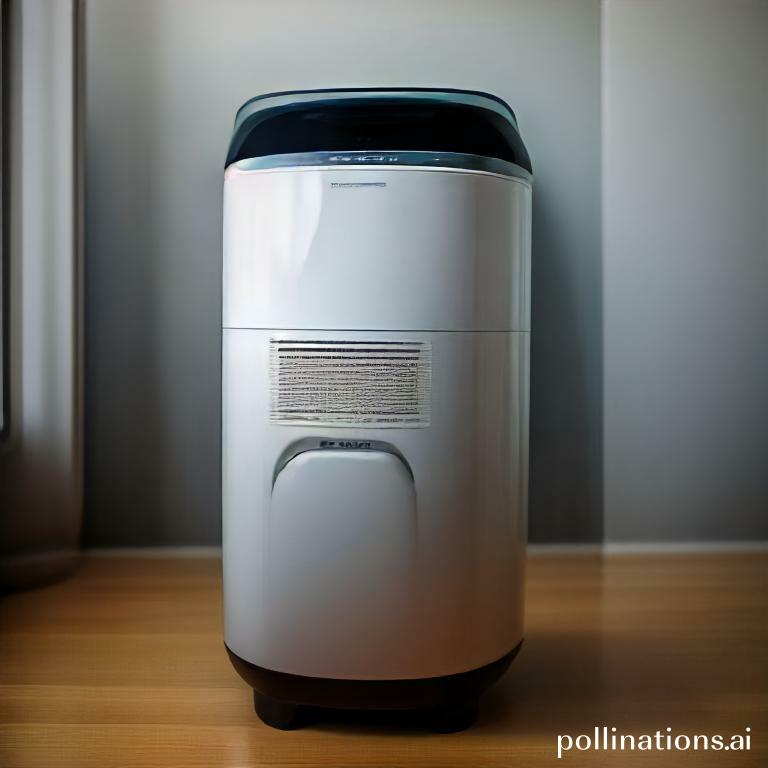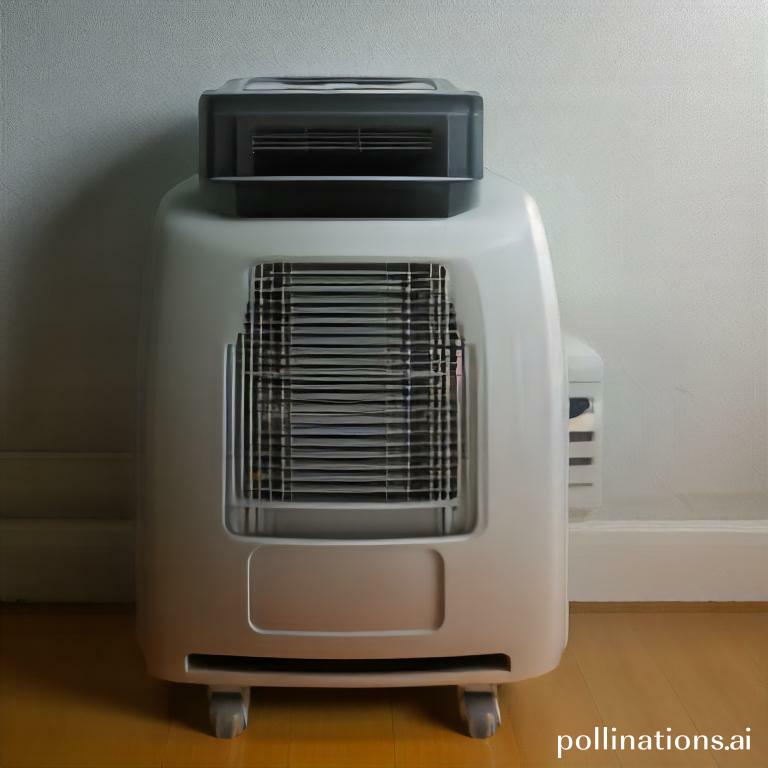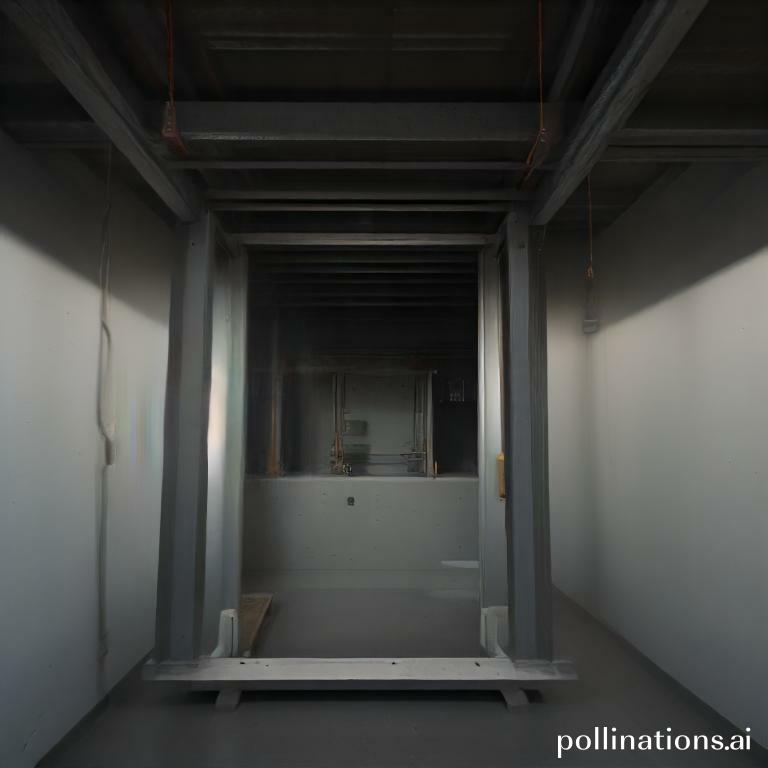
Check Out The Exclusive Deals Waiting For You! ∇
No products found.
Apprehending Multi-Stage Filtration
Stage 1: Pre-Filtering
In the first stage of multi-stage filtration, the pre-filtering process plays a crucial role in removing larger particles and debris from the air. This initial step ensures that the subsequent filtration stages can focus on capturing smaller, more harmful pollutants. The pre-filter, usually made of a coarse material, traps dust, pet dander, and other visible particles, preventing them from clogging the following filters.
For example, if you live in a dusty area or have pets, the pre-filter will efficiently capture these larger particles, extending the lifespan of the other filters and maintaining optimal performance of your filtration system.
Stage 2: Activated Carbon Filtration
The second stage of multi-stage filtration involves activated carbon filtration, which targets odors, chemicals, and volatile organic compounds (VOCs) present in the air. Activated carbon, treated to have a high surface area, adsorbs these unwanted pollutants, effectively neutralizing them and improving indoor air quality.
One notable example of the power of activated carbon filtration is its ability to eliminate strong cooking odors. By trapping and absorbing the odor molecules, your home will be free from lingering smells, creating a more pleasant and fresh environment for you and your family.
Stage 3: HEPA Filtration
The third stage of multi-stage filtration involves the highly efficient HEPA (High-Efficiency Particulate Air) filtration. HEPA filters are designed to capture microscopic particles as small as 0.3 microns with an efficiency of 99.97%. These particles include dust mites, pollen, pet dander, and even some bacteria and viruses.
For instance, if you or your family members suffer from allergies or asthma, a HEPA filter can significantly reduce the presence of triggers such as pollen or pet allergens in your indoor air. Breathing cleaner air can lead to improved respiratory health and overall well-being.
Stage 4: UV-C Light Sterilization
The final stage of multi-stage filtration incorporates UV-C light sterilization to further elevate the purification process. UV-C light is effective in killing airborne pathogens, including bacteria and viruses, by disrupting their DNA structure and preventing them from replicating.
An example of the power of UV-C light sterilization is its ability to neutralize common cold and flu viruses. By reducing the presence of these pathogens in your home, you can minimize the risk of getting sick and promote a healthier environment for everyone.
| Stage | Filter Type |
|---|---|
| 1 | Pre-Filtering |
| 2 | Activated Carbon Filtration |
| 3 | HEPA Filtration |
| 4 | UV-C Light Sterilization |
Benefits of Multi-Stage Filtration
Indoor air quality is a crucial factor in maintaining a healthy and comfortable living environment. With multi-stage filtration, you can experience a significant improvement in the air you breathe.
1. Improved Indoor Air Quality
Multi-stage filtration systems are designed to capture and remove a wide range of psections and pollutants from the air. These systems utilize multiple filters with different mechanisms to effectively trap dust, allergens, pet dander, and other harmful psections. By removing these pollutants, multi-stage filtration helps to create a cleaner and healthier indoor environment for you and your family.
2. Reduction in Allergens and Pollutants
Allergens such as pollen, mold spores, and dust mites can trigger allergies and respiratory problems. Multi-stage filtration systems are highly effective in reducing the presence of these allergens in the air. The combination of pre-filters, HEPA filters, and activated carbon filters can capture and eliminate even the smallest and most stubborn allergens. By reducing allergens, multi-stage filtration can provide relief to individuals suffering from allergies or asthma.
3. Odor Elimination
Unpleasant odors can make your indoor space uncomfortable and unwelcoming. Multi-stage filtration systems are equipped with activated carbon filters that are highly effective in absorbing and neutralizing odors. Whether it’s cooking smells, pet odors, or stale air, multi-stage filtration can help eliminate these odors, leaving your home smelling fresh and clean.
4. Enhanced Energy Efficiency
Multi-stage filtration systems are designed to be energy efficient. By coalescing advanced filtration technologies, these systems can effectively remove pollutants from the air during consuming minimal energy. With enhanced energy efficiency, multi-stage filtration not only provides clean air but also helps reduce energy consumption and lower utility bills.
| Benefits | |
|---|---|
| Improved Indoor Air Quality | ✓ |
| Reduction in Allergens and Pollutants | ✓ |
| Odor Elimination | ✓ |
| Enhanced Energy Efficiency | ✓ |
Choosing the Right HVAC Air Purifier
In today’s world, where indoor air quality is of utmost importance, selecting the right HVAC air purifier is crucial. With numerous options available, it can be overwhelming to find the perfect one for your needs. This section will guide you through the process, focusing on key factors that should be considered before making a purchase.
1. Considering Room Size and Airflow
One of the primary considerations when choosing an HVAC air purifier is the size of the room it will be installed in. Different purifiers are designed to handle different room sizes, so it is essential to measure the square footage of your space. Additionally, airflow is a critical factor to ensure efficient purification. Look for purifiers that have adjustable fan speeds to accommodate various airflow requirements.
2. Evaluating Filtration Efficiency
The filtration efficiency of an HVAC air purifier determines its ability to remove pollutants from the air. Indispensable to understand the different types of filters available and their effectiveness in capturing various contaminants. HEPA (High-Efficiency Particulate Air) filters are widely regarded as the gold standard due to their ability to trap psections as small as 0.3 microns. Consider the specific pollutants you want to target and choose a purifier with appropriate filtration capabilities.
3. Assessing Noise Levels
Noise levels can significantly impact your comfort and enjoyment of a space. When selecting an HVAC air purifier, consider the noise levels it produces. Look for purifiers that operate quietly, especially if you plan to use them in bedrooms or living areas. Many manufacturers provide decibel ratings for their purifiers, allowing you to compare noise levels and choose a model that suits your preferences.
4. Maintenance and Filter Replacement
Maintenance plays a crucial role in the long-term performance of an HVAC air purifier. Consider the ease of maintenance and filter replacement when making your selection. Look for purifiers with easily accessible filters that can be cleaned or replaced without hassle. Additionally, check the recommended filter replacement intervals and consider the cost and availability of replacement filters.

Installation and Maintenance Tips
In regard to installing and maintaining air purifiers, there are several key factors to keep in mind. By complying with these tips, you can ensure the optimal performance and longevity of your air purifier, providing clean and fresh air for you and your family.
1. Proper Placement of Air Purifiers
The placement of your air purifier plays a crucial role in its effectiveness. It is recommended to place your air purifier in a central location within the room, away from walls and furniture. This allows for better air circulation and maximum coverage. Additionally, avoid placing the purifier near any obstacles that may obstruct its airflow.
2. Regular Cleaning and Filter Replacement
To maintain the efficiency of your air purifier, regular cleaning and filter replacement are essential. It is recommended to clean the exterior of the purifier regularly with a soft cloth and mild detergent. For the filters, follow the manufacturer’s instructions for replacement intervals. This ensures that the purifier can effectively capture and remove airborne pollutants.
3. Professional Maintenance and Inspection
In the course of regular cleaning and filter replacement can be done by the user, it is also important to schedule professional maintenance and inspection for your air purifier. This ensures that any internal components are functioning properly and that there are no issues affecting its performance. A professional technician can also provide valuable advice on optimizing the use of your air purifier.
| Installation and Maintenance Tips |
|---|
| 1. Proper Placement of Air Purifiers |
| 2. Regular Cleaning and Filter Replacement |
| 3. Professional Maintenance and Inspection |

Additional Features and Technologies
In this section, we will pioneer the additional features and technologies that make our product stand out from the competition. From smart control and monitoring to air quality sensors, we have incorporated the latest advancements to ensure a top-notch user experience.
1. Smart Control and Monitoring
Our product is equipped with smart control and monitoring capabilities, allowing users to easily manage and customize their settings. With just a few taps on the intuitive interface, you can adjust the temperature, humidity, and other parameters to create the perfect environment for your needs. Stay in control and enjoy the convenience of our smart technology.
2. Air Quality Sensors
We understand the importance of clean and fresh air for your well-being. That’s why our product is equipped with advanced air quality sensors. These sensors continuously monitor the air quality in your surroundings and provide real-time feedback. Whether it’s detecting allergens, pollutants, or other harmful psections, our sensors ensure that you and your loved ones breathe in clean and healthy air.
3. Ozone-Free Operation
Many traditional air purifiers use ozone as a means of purifying the air. Nonetheless, ozone can have harmful effects on human health. Our product, though, operates without ozone, ensuring that you can enjoy the benefits of clean air without any potential risks. Breathe easy knowing that our ozone-free technology prioritizes your health and well-being.
With these additional features and technologies, our product goes above and beyond to provide you with a superior air purification experience. From smart control and monitoring to air quality sensors and ozone-free operation, we have thoughtfully incorporated the latest advancements to meet your needs. Choose our product and experience the difference today.
Conclusion
In conclusion, multi-stage filtration in HVAC air purifiers is an effective way to improve indoor air quality. The combination of pre-filters, HEPA filters, and activated carbon filters can remove a wide range of pollutants, including dust, pollen, pet dander, and volatile organic compounds. Essential to choose a high-quality air purifier with a sufficient CADR rating for the size of the room. Regular maintenance, including filter replacement and cleaning, is also crucial for optimal performance. With the right air purifier and proper maintenance, you can breathe easier and enjoy a healthier indoor environment.
Read Also:
1. Addressing seasonal allergies with HVAC air purification
2. Exploring portable air purifiers for HVAC systems

